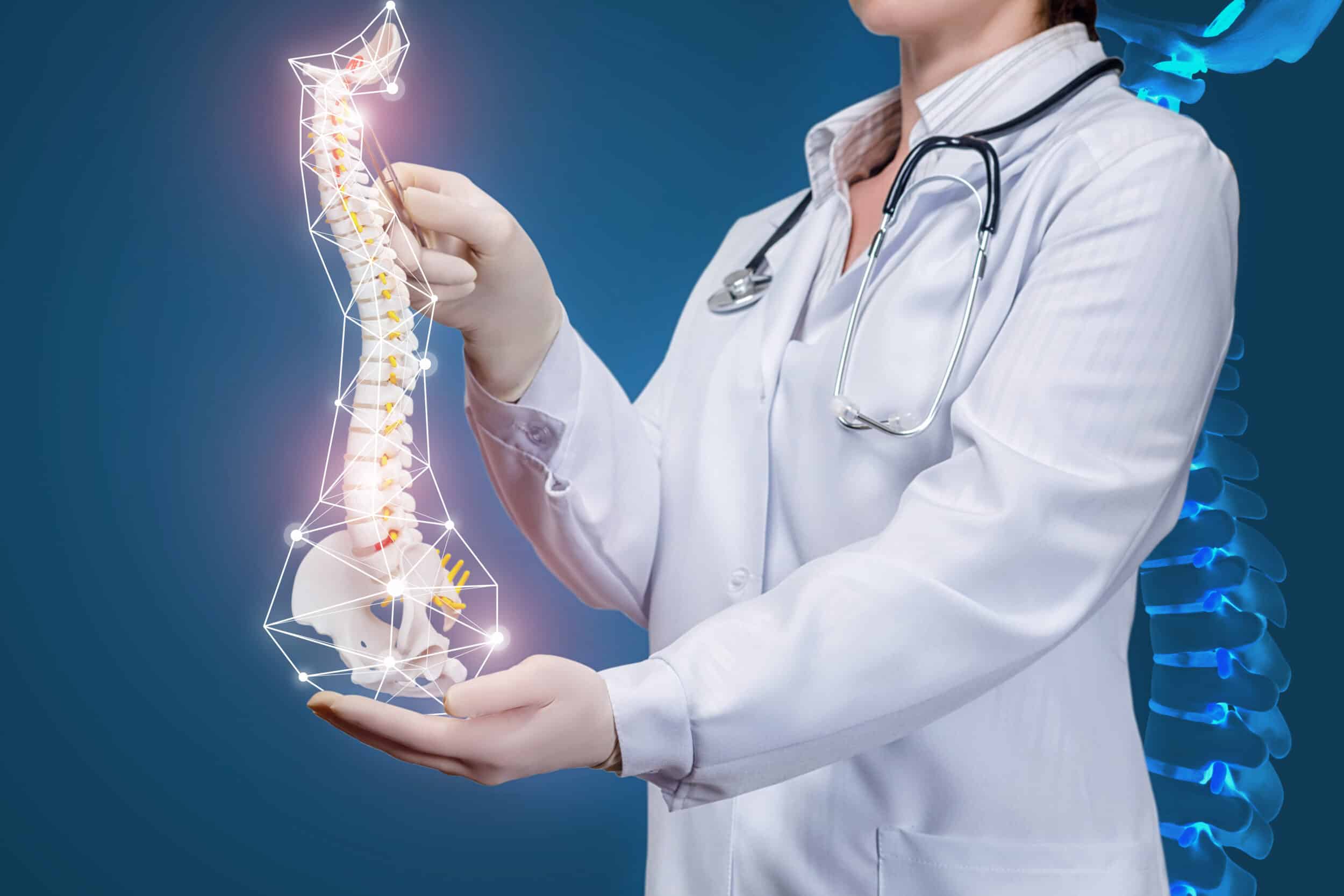
Laminoplasty vs. Laminectomy
In some cases, laminoplasty uses microsurgery as it is less invasive than traditional methods. However, while it is less intrusive, it requires specialized training and special operating equipment. The outcome of the surgery is the same as a laminectomy – it’s just less invasive, which can mean a quicker recovery. The other difference is that the laminoplasty doesn’t completely remove the lamina, whereas a laminectomy does remove it to make room for the nerves. Laminoplasty means your spine has more stability while maintaining mobility. It also reduces the risk of having to restabilize your spine in the future.
Candidates for Posterior Cervical Laminoplasty
If conservative treatments for spinal disc degeneration have not been successful, and the spine remains or continues to narrow, you may be a candidate for posterior cervical laminoplasty, especially if you have tingling, pain, weakness and/or numbness along the nerve path that is affected by the narrowing of your discs. If your degenerative spinal cord disease affects your bladder or bowel, you may also be a good candidate for posterior cervical laminoplasty.
Before Dr. Albert recommends surgery, he will conduct a thorough medical history, physical exam, and diagnostic imaging and consult with you regarding your issues.
How the Posterior Cervical Laminoplasty Procedure Works
Dr. Albert cuts the lamina, the small section of bone covering the spinal cord. A complete cut is made on one side and a partial cut on the other. The cuts allow the lamina to swing open, making more room for the nerves and releasing the painful compression on them. He then adds titanium spacers and plates to hold the lamina open.
In most cases, you will receive general anesthesia. The affected discs are accessed from the back of the neck, which means you have to lie face down on the operating table. The doctor creates small incisions to access the affected vertebrae.
Dr. Albert usually closes the incisions with internal stitches that dissolve over time and Steri-Strips on the outside of the incisions.
Where to Find Posterior Cervical Laminoplasty in New York, NY
Todd J. Albert, MD, Orthopaedic Surgery, serves New York City and the surrounding areas. To find out more about posterior cervical laminoplasty, speak with Dr. Albert at Todd J. Albert, MD, Orthopaedic Surgery. Click here to schedule a consultation, or call 212-606-1004.

